How to Create a Winning Political Campaign Brand Guide

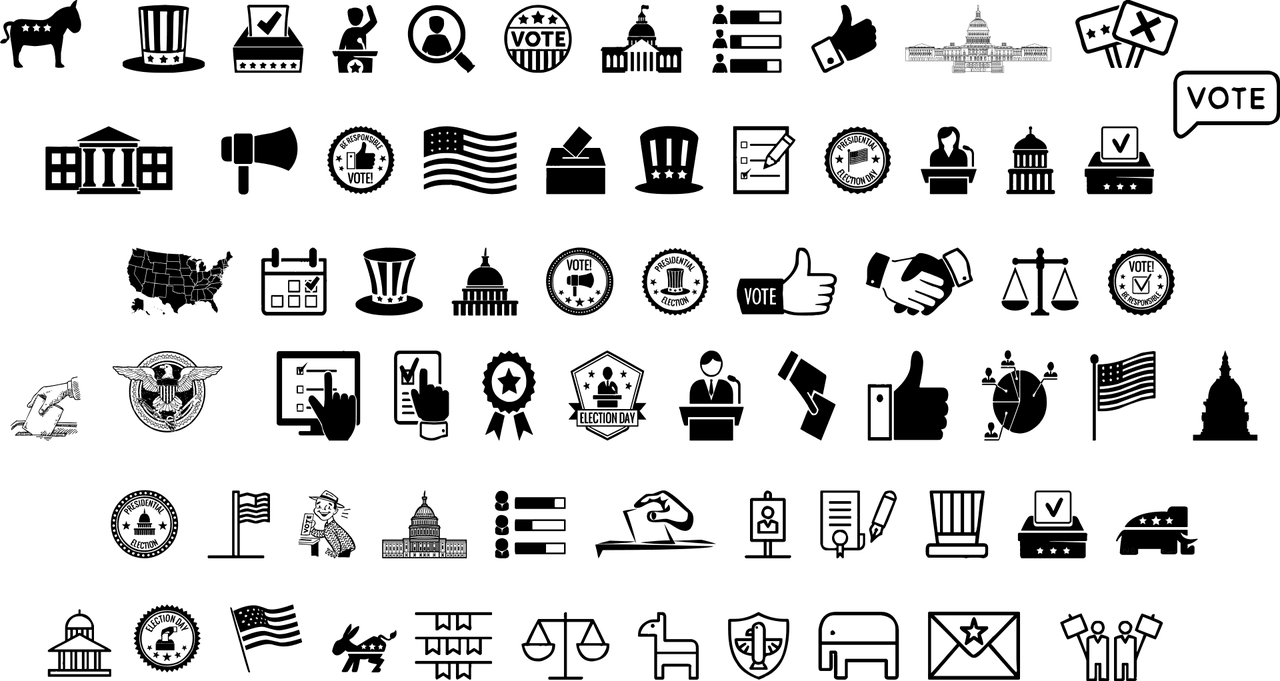
Running a successful campaign involves a lot of moving parts. There are volunteers to direct, rallies to plan, and marketing materials to produce. Calls to make, events to staff, babies to kiss - the list is practically endless. It is absolutely essential that every one of those pieces is on the same page. How can you maintain consistency across such a wide span? Simple - establish a brand guide for your campaign!
What s a Brand Guide anyway?
An effective brand guide is all about making sure every bit of marketing material speaks to your campaign and what it represents. It is absolutely essential that each piece of your brand guide fits together into a complete picture of you and the image you want to present. Consistency is everything.
Your brand guide should spell out your chosen standards for all mediums, including logo, color scheme, voice, style, approved images, typography, and so much more. Your brand guide is the go-to reference for any member of the campaign involved in producing content.
As you create your own branding strategy, we ve highlighted some considerations for developing an effective campaign brand guide - keep reading to learn more.
1.Your logo should SHOUT your name!
In any campaign, gaining name recognition is a huge portion of the battle. For individual candidates, your brand guide should lay out your preferred way of using your name to promote your candidacy. The name you choose will also become your logo, so make sure it reflects the personality and tone of your campaign. Let's look at just a few examples.
Maybe you want to appear hip and approachable, so you decide to use just your first name, like Bernie. Or perhaps you like the one-word naming convention but prefer something a bit less casual? Try being on a last-name basis, like Arizona Representative [Ann] Kirkpatrick.
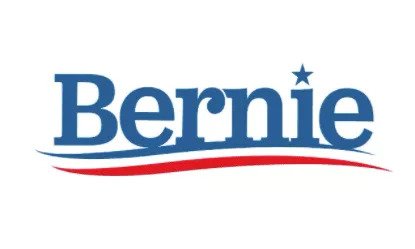

You can highlight your professional qualifications by including the title you ve earned, like California Representative Dr. Raul Ruiz. If none of these options fit your campaign s tone, you can always opt to just use your first and last names together, like Arizona's astronaut-turned-US-Senator Mark Kelly.
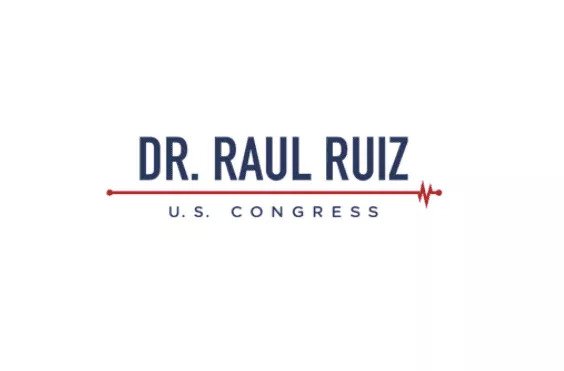
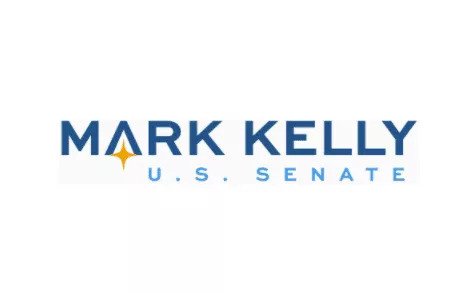
If you're feeling really creative, you can try to fit your name into a witty slogan, just like the 34th President of the United States, Dwight I Like Ike Eisenhower.
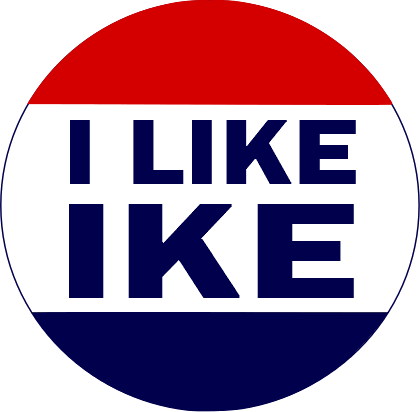
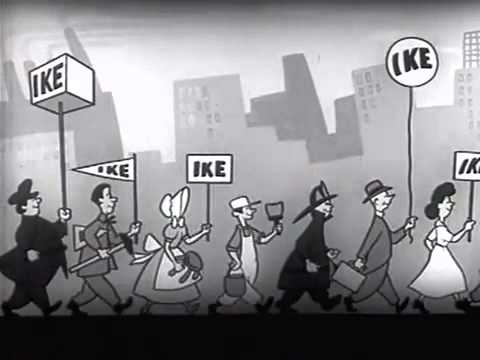
Ultimately, your design and brand choices should always fit in with the personality of your campaign and appeal to the constituents.
2. Your chosen font speaks more than just words

Once you ve settled on your chosen campaign brand name, select the font(s) that best represents you and will make your name stand out. Decide between all caps, all lowercase, or a combination. If you ve chosen a two word name, consider whether to use a combination of two fonts, such as a hand-lettered or scripted font for your first name and a stronger, more structured font for your surname.
To learn more about how font choice affects political campaigns, take a look at this study by Northeastern University professor Katherine Haenschen. Quoting Dr. Anders Horsb l of Aalborg University, she notes that "typeface functions to differentiate candidates, address the reader (larger, heavier letterforms shout ), and elaborate on verbal and imagistic content; if chosen correctly, typeface can reinforce the candidate s image."
"...if chosen correctly, typeface can reinforce the candidate s image."
Anders Horsb l
When deciding which font to use for the text of your marketing materials, select a font or fonts that are the same as or complementary to the choices you made for the typography of your logo. Serif fonts can be a good choice for banners and signs, as those little serifs at the end of each stroke actually allow the brain to process the letters more easily (think connect the dots ). Serif font examples include Garamond and the uber-classic Times New Roman. Sans serif fonts often have a bit more personality and can also work well for signage when used appropriately. Popular sans serif options include Helvetica and Calibri. Hand-lettered or decorative fonts should be employed thoughtfully, as they can become hard to read if used for large blocks of text. Himalaya Script and Luminaire are some fun and creative examples of hand-lettering font families.
Not sure where to begin? We can help! Our post, "10 Different Font Types and How to Choose Yours," will provide you with a working knowledge of the various types of fonts and their best uses. There are also a wide variety of downloadable fonts available online that can be found with a simple search for the font type you're seeking, and many of them are completely free! Curating your own on-brand family of signature fonts is yet another way to ensure your campaign is a reflection of who YOU are.
3. Choose a winning color scheme
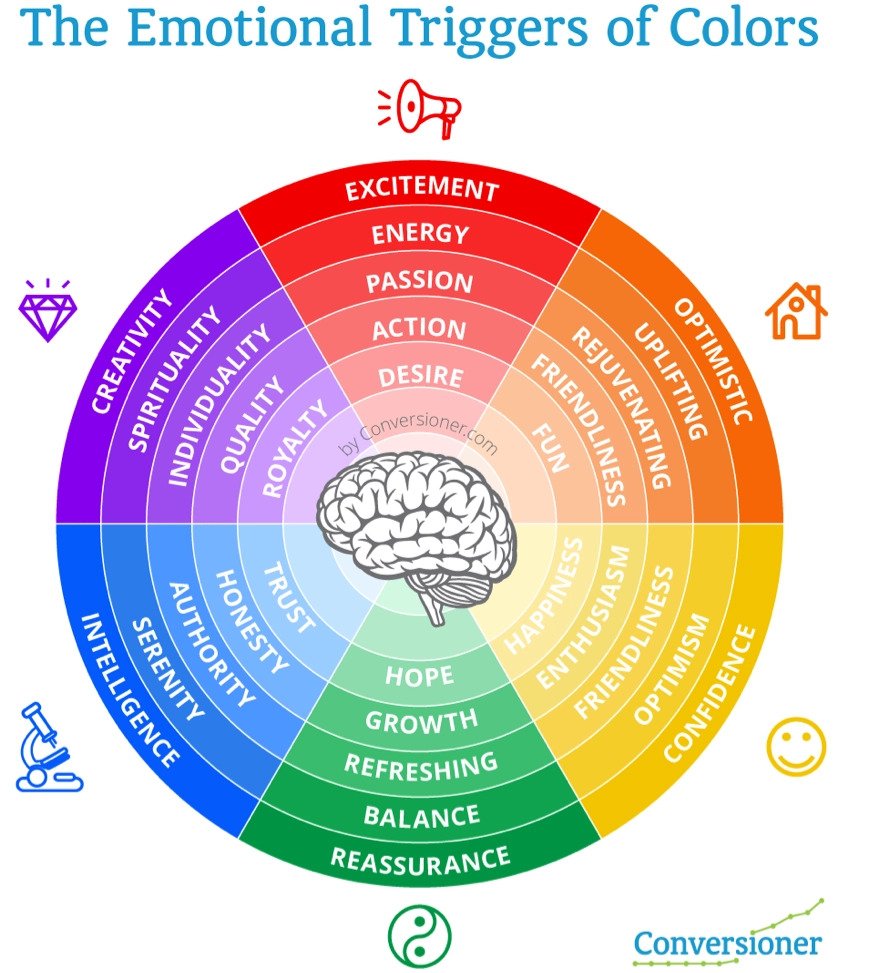
Infographic by Conversioner via Sleeknote
The brand color palette you choose should be reflective of your unique personality and POV. The colors you use in your campaign materials will frequently evoke specific emotions in the readers themselves. As shown in the color wheel above, red is often linked to excitement, action, and energy, while blue gives a feeling of security and strength. Orange and yellow bring cheerfulness and optimism, purple commands respect and reminds people of royalty, and green is the color of growth and refreshment. Keep these associations in mind as you select your signature brand colors. Red, white, and blue are the foundation of a traditional print campaign. Going outside that box can also pay off, but only if you are confident and self-assured enough to pull off the non-traditionalist vibe. Check this out:
***************************************
It s the summer of 2018, and in New York s 14th district, ten-term incumbent Representative Joe Crowley is challenged in the primary by a young newcomer - Alexandria Ocasio-Cortez (AOC). A centrist democrat and his party s caucus chair, Crowley is expected to win re-election by a landslide. However, AOC scores an overwhelming upset, and the marketing materials both candidates employed seem to tell a story of tradition versus youthfulness. Representative Crowley went with the tried and true red, white, and blue color scheme and a big smile (often a winning combination!) for his campaign posters.
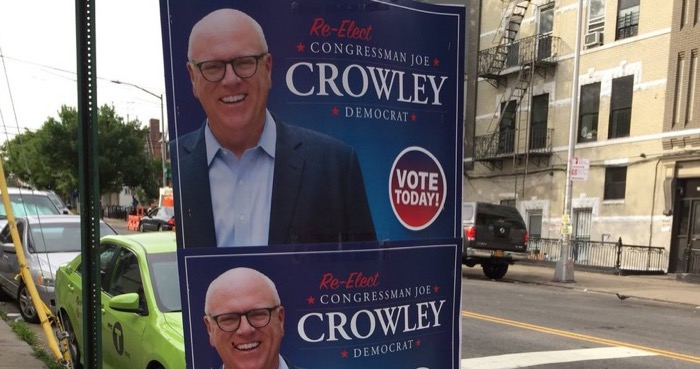
In contrast, AOC took a risk by producing her materials in a color palette that reflected both her personality and the personality of the district - purples, yellows, and other vibrant, bold colors that really made a statement.
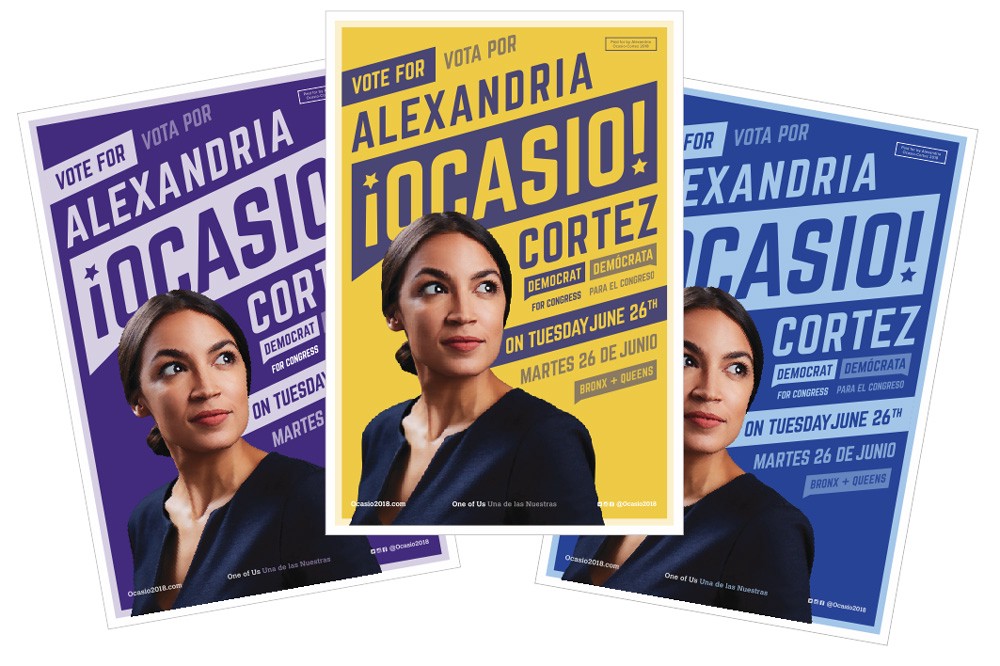
In the end, AOC s strategy worked because it was an authentic reflection of who she is. Rep. Crowley s likely was also (and it had been successful for 20 years), but the rest of her campaign appealed to the voters more. Your campaign brand color palette tells the voters who you are and what you stand for. After that, it's up to them to cast their vote!
***************************************
Once you've settled on your signature color palette, it's imperative that you repeat it throughout all of your campaign print marketing materials. When you use our online editor to personalize any one of our campaign templates, you can choose to "favorite" the colors in your on-brand color scheme to make it even easier to customize future projects.
4. Stand out from the crowd.

Focusing on what sets you apart is a winning strategy!
Your brand guide should also highlight what it is that sets you apart from the rest of the pack. Take the time to identify the talking points that give you an advantage, and then carefully craft the wording you ll use to make your case to the voters. Doing this work ahead of time will give you confidence in your team s ability to share your views clearly and accurately with prospective voters.
"Democracy is based upon the conviction there are extraordinary possibilities in ordinary people."
Harry Emerson Fosdick
Perhaps you have more experience in leadership positions than your opponents, or have served in a relevant position that would give you an enlightened and informed POV the other candidates just don t have. Whatever it is, highlighting your unique strengths is an essential part of jockeying for position.
5. Showcase your personality in ALL. THE. THINGS.

Illustration by Quentin Blake via Vox | based on Matilda by Roald Dahl
"Somewhere inside of all of us is the power to change the world."
Roald Dahl
You know who you are, but prospective voters are going to need you to tell them, or better yet, SHOW them. Are you upbeat and optimistic? Then your marketing materials and event choices should reflect that. If you want to be seen as a hard-working and determined candidate, find ways to demonstrate that both in print and in real life. The easiest image to portray is always your own authentic self, so focus on what you know and run with it!
Remember, your prospective constituents are voting for a person and what they stand for. Staying true to who you are ensures that what they vote for is what they get!
6. Your platform should shine through!

In every aspect of your campaign brand guidelines, your platform and purpose in running should shine through. Whether you re running a campaign that is focused on ethics and integrity, committed to making changes to the establishment, or is singularly issue-driven, each individual document you produce should continue to speak to your goals.
"There are many elements to a campaign. Leadership is number one. Everything else is number two."
Bertolt Brecht
Use your wordsmithing skills to craft an eloquent platform, then repeat it thoughtfully and consistently. You can even pull some statements from your list of what sets you apart from the pack to add to your narrative. Having both wells to draw from can give you enough flexibility to avoid sounding like a broken record!
Putting it all together.
In the end, a successful campaign brand guide should reflect who you are as a candidate. Your guide will not only give your team the tools they need to effectively run your campaign, it will allow the voters to get a good look at the real you. From your name and logo, to your platform and personality, and everything in between, you've got everything you need to create your own comprehensive set of brand guidelines for your campaign. While we can't guarantee you a win at the ballot box, we can promise that having a framework for how to communicate the details of your candidacy to prospective voters will save you time in the long run.
Elections belong to the people.
Abraham Lincoln
When the time comes to start producing your print marketing materials, MyCreativeShop's completely customizable campaign templates make it super simple for you to put your brand guide into action. You can personalize every aspect of the design and duplicate existing projects in just a click. We offer satisfaction-guaranteed printing and the freedom to download a high-quality PDF you can print anywhere, along with our all-in-one direct mail service. Whether you work with us or do it all yourself, your campaign brand guide is the key to your success!
***************************************
If the process of creating your own campaign brand guide has inspired you to want to learn more about how you do the same thing in your business ventures, take a look at our list of 9 Ways to Improve Your Brand Design With MyCreativeShop. Curious to know how the big dogs do this branding thing? So were we, which is why we gleaned 10 Design Lessons from Starbucks' New Brand Guidelines. Eventually, staying on-brand becomes a way of life!
More campaign resources: